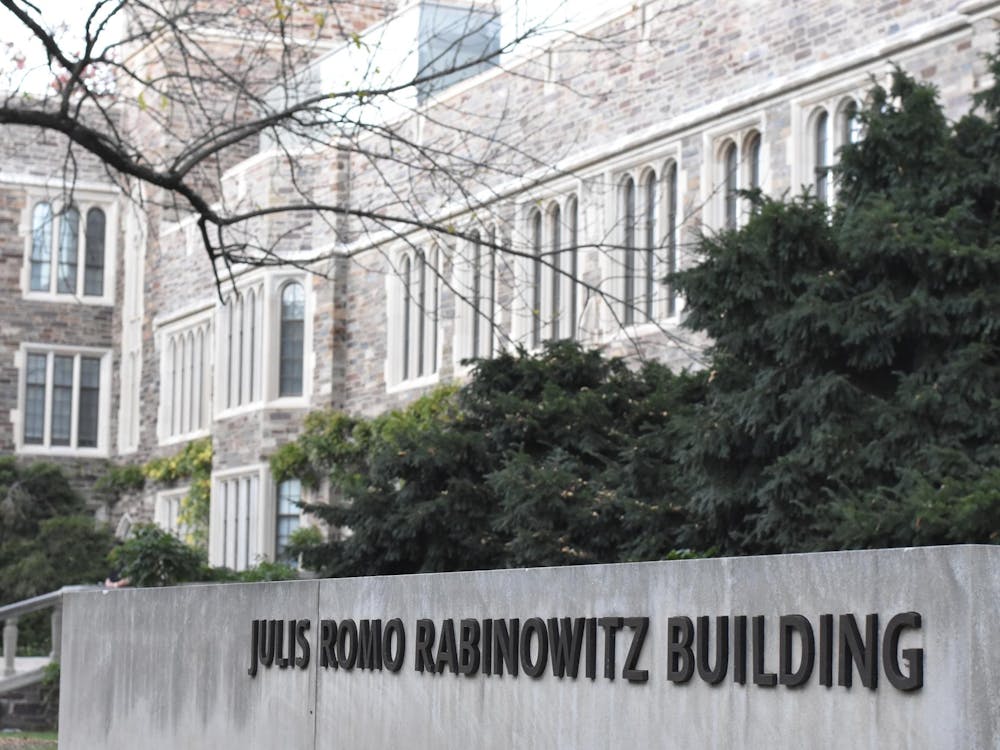Australians pride themselves on their multicultural society. It is a nation of immigrants, and ethnic minorities usually find themselves welcomed into Australian life very quickly.
The one exception, though, is the Australian Aborigines. These original inhabitants of Australia compose less than one percent of the population, but controversies surrounding them occupy far more of the nation's attention than their numbers would suggest.
At first glance, there are broad similarities between race issues in America and Australia. Aborigines are black. Most Australians are white. Aborigines have certainly suffered discrimination in the past. Aborigines tend to have a lower standard of living than other Australians. Their recent civil rights movement was based, in part, on the movement in America.
But the Aborigines probably have more in common with Native Americans than with American blacks. An indigenous culture, Aborigines saw their homeland colonized by people from a faraway empire. Completely isolated, Aboriginal culture did not change for more than 40,000 years. They lived a subsistence lifestyle, spending most of their time gathering food. They didn't farm, and they had almost no technology. When the British arrived, there was no contest. The land was declared empty and claimed for the British crown.
Few people in Australia are defending the exact means of European settlement. Thousands of Aborigines died of smallpox or violence. Unlike in New Zealand, where they signed a compact with the Maori people, the British never signed a treaty with the native population in Australia. But since they didn't, many Australians are not sure how to treat the Aborigines.
Some believe history is history and frankly, the Aborigines lost. Others are ready to slay themselves on the altar of politically correct guilt. Understandably, much tension exists between these two schools of thought — with urban and rural Australians on opposite sides of the debate.
Many urban Australians have never seen a dark-skinned Aboriginal person — to them, Aborigines are a foreign element living up north somewhere. Still, not wanting to seem racist — a charge often levied against Australia's rural citizens — many European Australians are quite willing to grant Australia's Aboriginal population anything they (often patronizingly) believe they need — extra welfare payments, wide swaths of land with no roads, jobs or modern conveniences so they can "live traditionally." They'll even venture into the souvenir stores to buy a hand-painted boomerang or didgeridoo.
Occasionally they travel to the Northern Territory — where Aborigines make up 30 percent of the population — to "get in touch with Aboriginal culture." Aboriginal culture is quite a growth industry. Many urban Australians still cling to the idea of the "noble savage," living traditionally and close to the earth. And Territory tour companies are happy to oblige, shuttling visitors to alleged rock art sites and ubiquitous cultural centers.
But this image depends on the tourists never wandering through the Territory's towns themselves. If you do, you will see what many Territorians see — the horrible problems of alcohol and drug abuse, joblessness and poverty within the Aboriginal community.
I walked along the Todd River banks in Alice Springs and was overwhelmed by the number of people drunk in the middle of the day. A woman staggered into a tree and tossed a vodka bottle into the parking lot. A man collapsed under the highway bridge. There were children watching. Many Northern Territory citizens see this too, and know that a high percentage of Aborigines receive public assistance. No one wants to see people drinking on dole money, and the racial difference does not make them happier about it.
The tour guides tend to ignore the realities outside the bus window. Instead, they talk nonstop about traditional lifestyles, though few Aborigines live that way anymore. Some do in the bush, though this is in part the result of patronizing city attitudes. Noble savages in the bush sounds vaguely like summer camp. It is also more politically feasible —the Green Party has power here —than building roads and services in the wilderness that would allow the Aborigines to get jobs and support themselves.
So the Aborigines continue to live on public assistance, much to the chagrin of other rural Australians. One result of this was Pauline Hanson and the "One Nation" party, which won a seat in Australia's Parliament a few years ago calling for reduced payments to Aborigines and general assimilation.

Hanson lost her seat, but the feelings she evoked have not gone away. Australia still is not sure how to see its Aborigines — like the noble savages the city dwellers envision or the drunken hoodlums the Territory citizens tend to see?
Probably neither is quite right. People are people. Aborigines are not perfect specimens of humanity left over from an innocent past, nor are they all dole bludgers with political grudges. Until urban Australians lose the noble savage idea and Territorians realize there are also nice Aboriginal families eating in restaurants next to them, race relations will remain at a standstill. Laura Vanderkam is a Woodrow Wilson School major from Granger, Ind. She is currently studying abroad in Australia and can be reached at laurav@princeton.edu.







